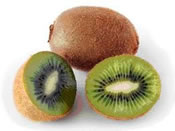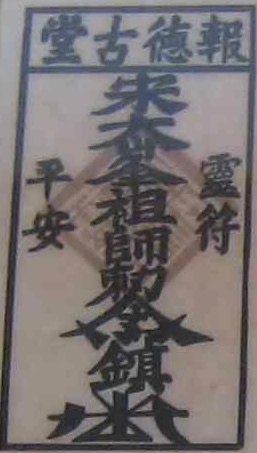Today I came across an interesting-looking site called Xtranormal that use text-to-speech and other clever stuff – they call it ‘text-to-movie’ – to make animated films.
You just choose your characters and setting, and then type in the dialogue. You can also play with the cameras, animate the characters, and add other effects.
What interests me particularly about this program is that you can choose voices in a variety of languages, including English, French, German, Spanish, Mandarin, Cantonese and Dutch, and I think this could be a useful language learning and teaching tool.
Here’s a short bilingual (English and Mandarin) film I put together:
[Update] It didn’t accept quite a few of the Chinese characters I tried to use, so you can only use very simple phrases. Here’s another short film in French and English:


